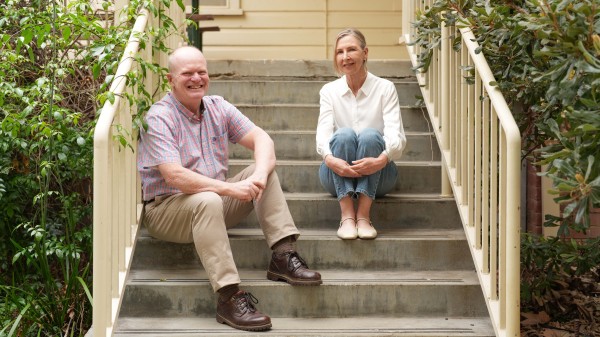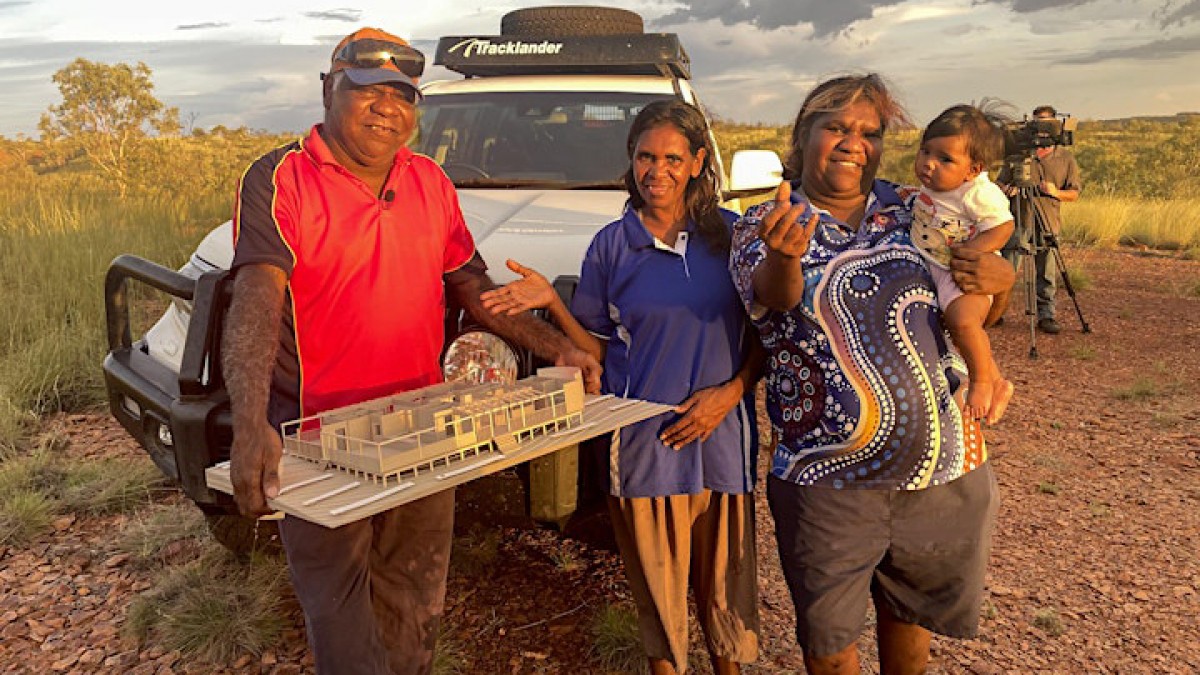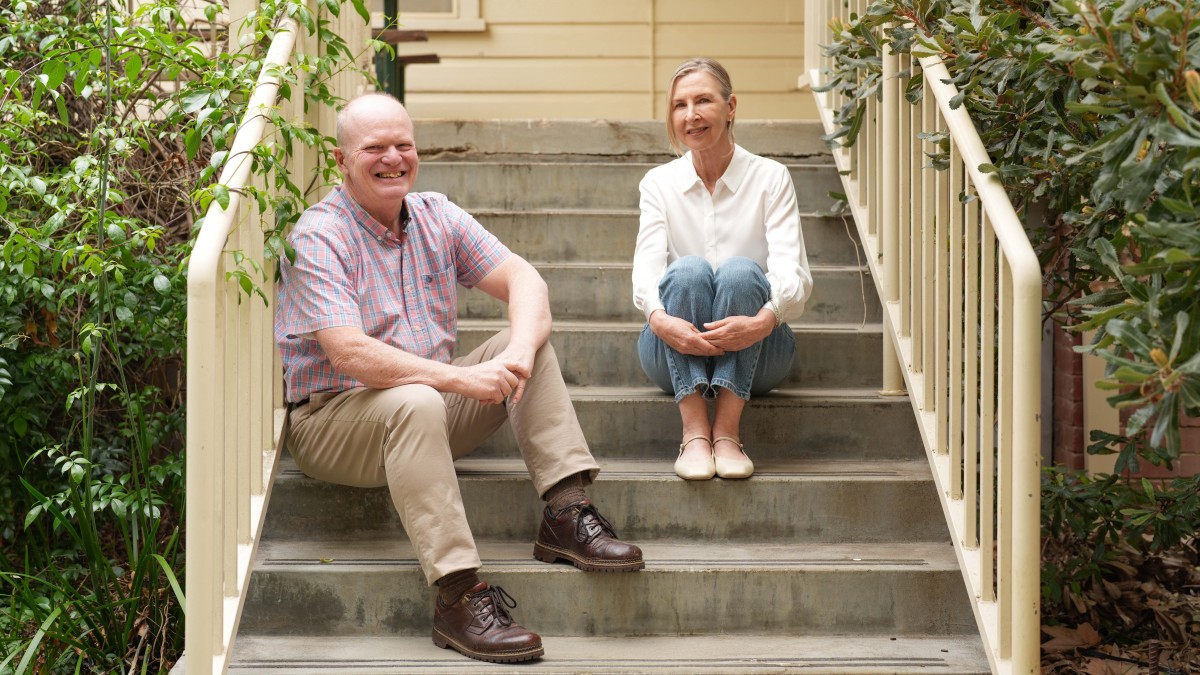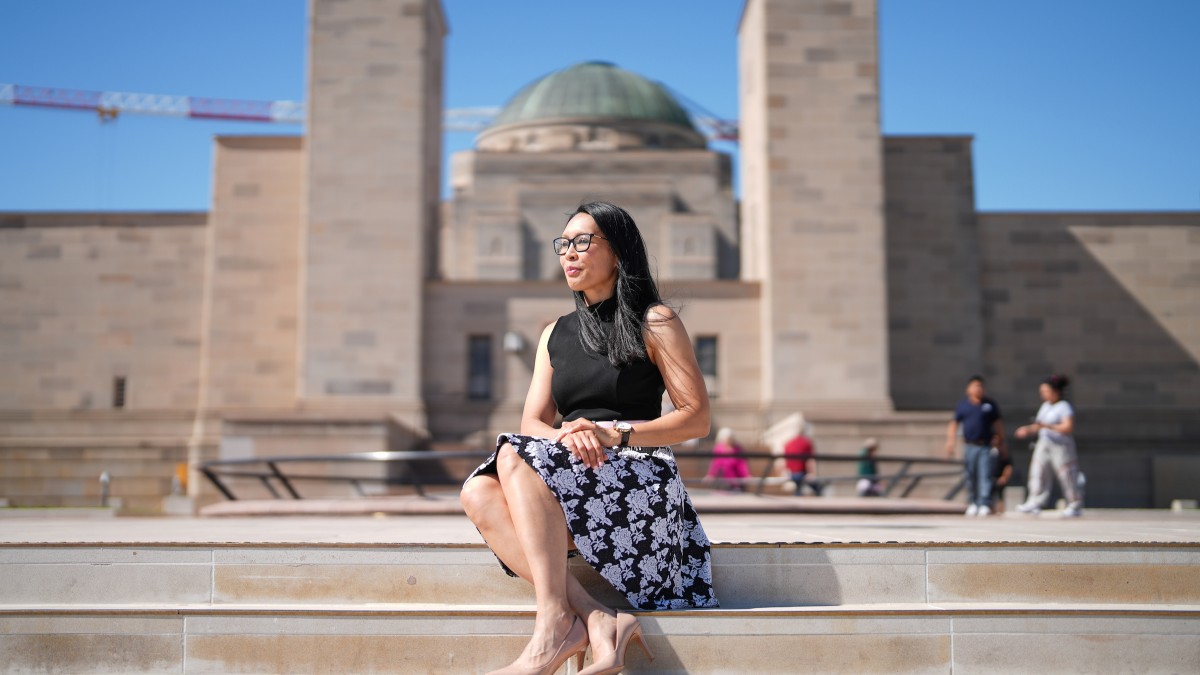People often ask Dr Simon Quilty* why he turned from medicine to housing to advocate Indigenous Australian health and wellbeing.
“I tell them it’s because housing drives health and social inequality,” says Quilty, “with climate change exacerbating every element of this inequality.”
Quilty has worked as a specialist physician in the Northern Territory for the last decade and has seen firsthand the impact that changing climate can have on health.
“Summers are no longer what they used to be here in the Northern Territory. They are incredibly hot and prolonged – everyone is very worried about the weather and its impact on community wellbeing.”
Illness during hot weather spikes. Research by Quilty and colleagues show remote communities in the Northern Territory experience higher rates of soft tissue infections, scabies, streptococcus, and staphylococcus during hotter months. They also found a statistically significant relationship between obstetric emergencies requiring retrieval services, as well negative maternal, foetal, and neonatal outcomes associated with prolonged exposure to very hot temperatures.
But the root of this problem extends beyond ongoing climate shock.
“I could walk you through Tennant Creek and you will be left with no doubt about what the issue is: housing,” says Quilty.
“The houses being built by the Northern Territory Government are appalling. There are no outdoor living spaces, they are not ventilated, and many of the older houses have little or no insulation. During hot weather these houses are as hot or hotter on the inside than on the outside if you don’t have the air conditioning on.”
This second-rate housing combined with power outages is a recipe for disaster according to Quilty. Energy insecurity is rife in outback communities – most houses are on prepaid power cards, and when credit runs out and air conditioners turn off, the houses are thermally unsafe for people.
Research by Quilty and co-author Indigenous Elder Norman Frank found that nine out of ten homes in remote Northern Territory lost power in 2018, with seven out of ten disconnected more than ten times. When these homes are disconnected, families are forced to escape the heat by crowding into homes that still have power and thus air conditioning.
"You can have 20 or 30 people in a single dwelling, and these crowded conditions a breeding ground for disease manifestation. Streptococcus thrives and is the perfect conditions for rheumatic heart disease, for example.”
Without any substantial changes to housing policies to make them well-suited to local climate – and climate change, these problems will be amplified in the future.
Indeed, temperatures are set to rise further according to a report commissioned by the Northern Territory Government. By the middle of this century the number of days over 35°C will at least double in many places, and the number of days over 40°C will also increase considerably.
“We have healthcare professionals running public health campaigns about how to stay safe during heatwaves – but these people have got nowhere to go! Where are health professionals advocating for better housing?” says Quilty.
The solutions must start with designing and building houses that meet the minimum national standard of seven-star energy efficiency – which they currently do not.
Adopting solar photovoltaic (PV) in places like Tennant Creek, with over 200 sun days per year, is another obvious solution. Work by Quilty and colleagues shows that accessing solar PV significantly reduces household electricity expenditures. Furthermore, it reduces the frequency and duration of involuntary disconnection events.
Their preliminary analysis indicates that solar PV systems with an expected lifetime of up to 25 years on panels, and costing approximately $10,000, has a payback period of a little over seven years. However, bureaucratic barriers are curtailing the installation of solar PV.
"When Original Power first asked to put solar on Indigenous public housing they were told by bureaucrats it could not be presumed that remote houses had structurally sound roofs. We had to get in engineers, and then it took almost six months once the panels were installed for systems to be switched on. Housing even made Norman sign a waiver of responsibility for removing the panels if he vacated the property!”
With communities feeling forgotten by the Government on this issue, residents of Tennant Creek are championing a new collaboration that hopes to future proof their homes against climate change. Wilya Janta (‘standing strong’) plan to build culturally appropriate houses that can cope with dangerous summer heat. These houses will be solar-powered, well-insulated, have shaded outdoor areas, and be water efficient.
As the climate crisis deepens, “there's a lot of ecosystems that we cannot protect,” says Quilty.
“But we can protect human health by investing in houses that are highly thermally performing and resilient to climate shock.”
- Dr Simon Quilty has over 20 years’ experience in remote medicine and is currently undertaking a PhD at the Australian National University examining the relationship between environmental heat and wellbeing in the Northern Territory. He will be part of a panel discussion on the effect of heat in the housing of Indigenous peoples, at ANU on 29 May, 2024. You can register for the event here.
- This article was first published in the 31st issue of Inspire Magazine, produced by Research Australia.











